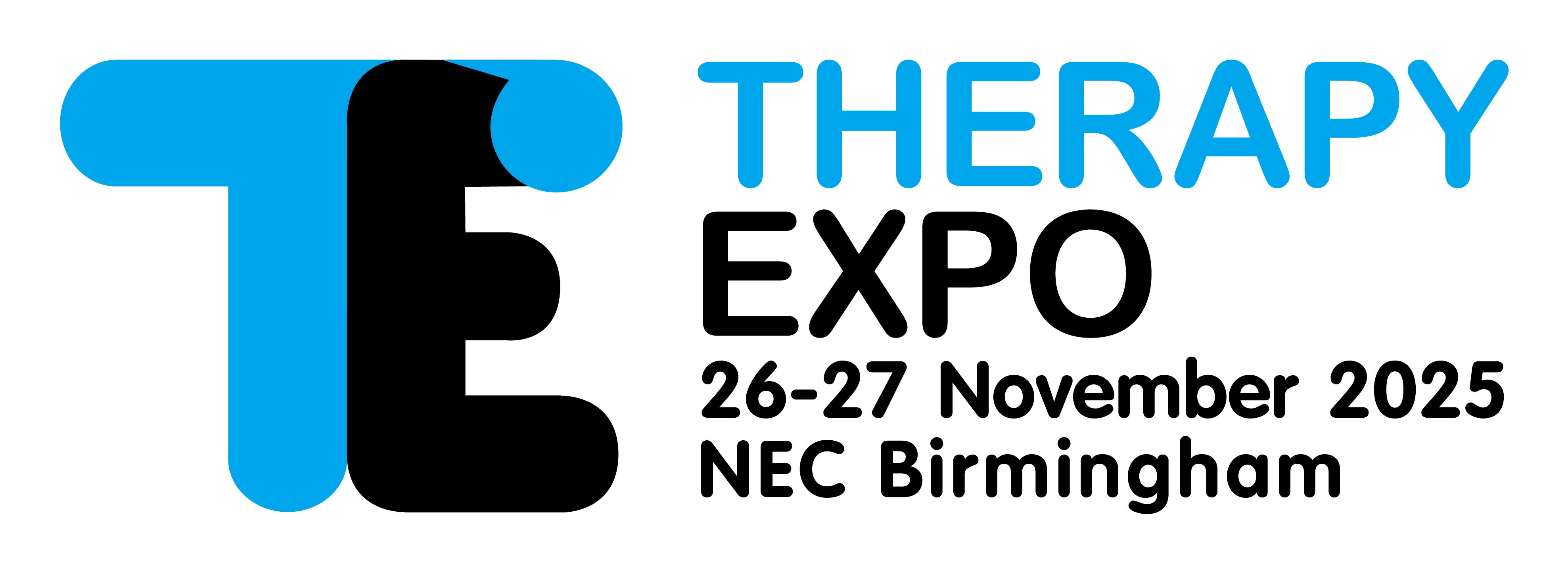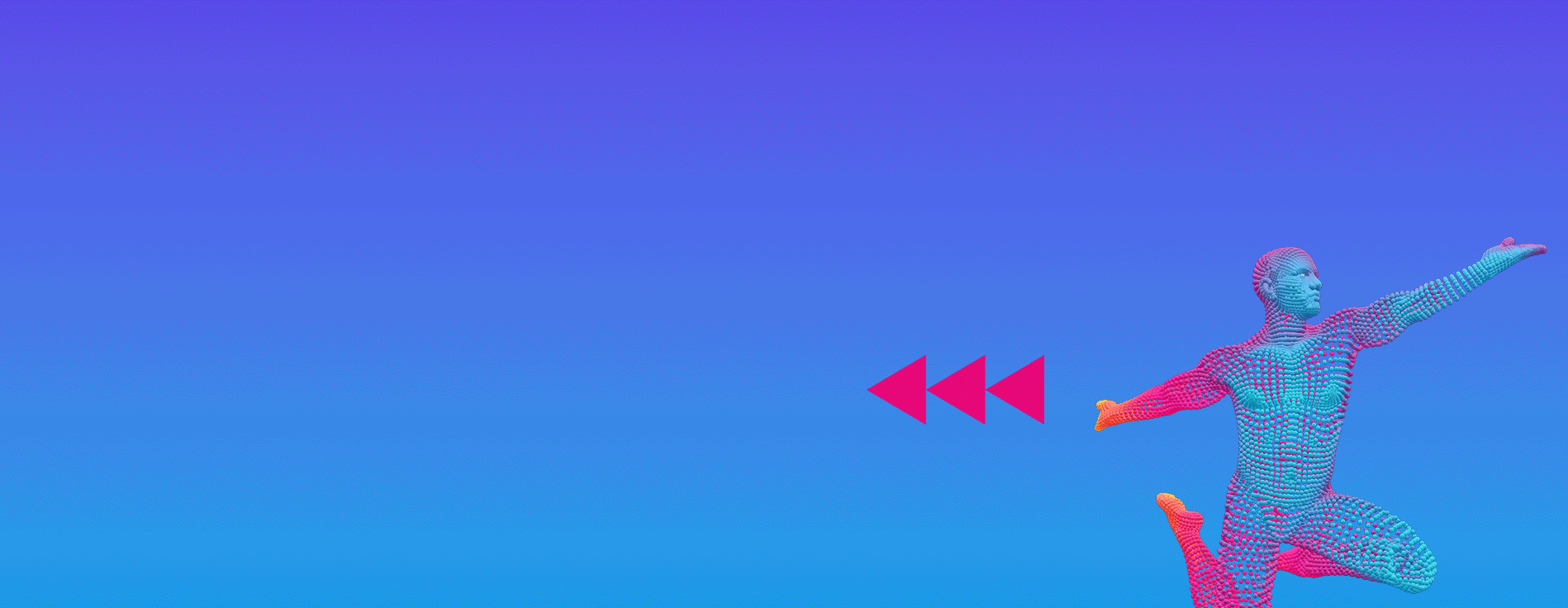What is Rebound Therapy
)
The phrase ‘Rebound Therapy’ was coined by the founder, Eddy Anderson in 1969 to describe a specific method of use of trampolines in providing opportunities for movement, therapeutic exercise and recreation for people across virtually the whole spectrum of additional needs and disabilities.
Rebound Therapy is used to facilitate movement, promote balance, promote an increase or decrease in muscle tone, promote relaxation, promote sensory integration, improve fitness and exercise tolerance, and to improve communication skills. It is popular in special needs schools and is becoming increasingly popular in mainstream schools with a special needs unit; partly because the trampoline is a piece of apparatus that virtually all people, regardless of their abilities, can access, benefit from and enjoy.
The representative body for Rebound Therapy is ReboundTherapy.org who state that in addition to the benefits listed above, it is an ideal vehicle for cross curricular teaching activity; with the potential for teaching such things as numeracy, colour recognition, positioning (left, right, backwards, forwards, clockwise and anticlockwise), communication, social awareness and consideration of others. They further state that the unique properties of the trampoline offer ample opportunities for everybody to enhance movement patterns.The work is intrinsically motivating and enjoyable and returns high value in therapeutic terms for the time and the effort involved.
That sums it up in essence, but let us examine the trampoline and its properties in more detail:
PHYSICAL PROPERTIES OF THETRAMPOLINE
Unique, three-fold effect on body organs, systems and muscles
- Weight increases and decreases to the point of weightlessness
- There is acceleration from stillness to varying speeds
- There is deceleration from varying speeds to stillness.
Storage of potential energy:
As the trampoline bed is under tension with springs it is a potential energy source.
Output of energy:
This varies according to the energy put in; the bed stores the input energy unto output. As in Newton's 3rd Law of Motion. 'for every action there is an equal and opposite reaction'.
Potential for lifting a body into space:
As a result of item (2), the trampoline bed, when energised, has the potential for lifting a body into space. The amount of energy required will relate to the weight of the body to be lifted.
Potential for initiating movement in a body from a distance:
The input of energy can be at any point yet still produce output throughout the trampoline bed. However, that output is most effective from the centre of the trampoline bed. The technique of 'popping' or ‘kipping’ uses this property to initiate control and movement.
Unstable surface:
The surface, which is elasticated and under spring tension, is unstable and movement on it acts to energise the bed. Output from this movement causes the bed to offer an active base upon which movement occurs
Damping:
This is the absorption of the energy of the bed by the body. It is achieved by taking up some of the energy of the bed through flexed hips and knees.
Variable surface:
The surface is changeable and can be deliberately arranged to enhance symmetry and to promote symmetrical weight-bearing, thus encouraging balance.
PHYSIOLOGICAL EFFECTS OF REBOUND THERAPY
1. Cardio-respiratory:
There is a high demand on muscles to deal with the increased gravity produced on deceleration and in the control of movement required when gravity is in effect reduced, as in acceleration, causing an increase in the respiratory rate and, subsequently, the heart rate. As a direct consequence there is an upturn in venous and lymphatic drainage.The constant muscle work required to maintain position and balance increases the demand for oxygen.
2. Muscle tone:
In simplistic terms, trampolining generally causes an increase in postural muscle tone,simply to prevent falling over. In Rebound Therapy, the effect on muscle tone hypertoniaor hypotonia can be varied by the trainer. Low amplitive input (below the point of bouncing) can be effective in reducing muscle tone by bombarding the muscle spindle in much the same way as vibration can effect a decrease in muscle tone. High amplitude bouncing can cause an increase in tone by stimulating the stretch receptor. The two properties can be used therefore to increase or decrease tone where required. The effect of the rebound activity on muscle tone can easily be observed in people with spasticity, either hemiplegic or athetoid, or in those with ataxia where tone can be seen to undergo change.
3. Postural mechanism:
Stimulation by bombarding the sensory systems through joints, muscles and skin can improve the output to the important postural muscles.
4. Balance mechanism:
In creating a dynamic movement situation, so challenging balance mechanisms, observable improvement can be achieved. This is particularly relevant when working with adults where a dynamic balance situation is difficult to create in lying, sitting or kneeling.
5. Kinaesthetic awareness:
By the multiple stimulation of joints, pressure stretch receptor, skin, muscles etc., kinaesthetic awareness is improved, leading to improved body image and spatial awareness.
THERAPEUTIC EFFECTS OF REBOUNDTHERAPY
Effects on movement:
Movement can be facilitated at different stages of the bounce. The most active movement takes place at the top of the bounce where acceleration of the body equals the down thrust of gravity to allow a momentary "gravity-free" zone. A tiny body movement can produce a large effect with correctly applied bounce. Momentum and rhythm can be added to movement to help teach new movement skills and energise movement. Balance and equilibrium reactions can be achieved through stimulation of postural mechanisms; by creating a dynamic movement situation, protective and saving reactions can be developed. The anticipation of movement occurs because of the effects of timing, rhythm and momentum. An inhibiting or stimulating effect on muscle tone enables active movement to take place. By using good positioning and support, and appropriate and minimal stimulation, relaxation can be obtained.
Effects on perception:
Body image, body part awareness and positional sense are enhanced through tactile and joint sensation. Increased perception of body image, spatial awareness combined with rhythm, and movement itself, greatly develop co-ordination. The experience of movement into space with the return to stability, while remaining in control, provides an enriched learning experience for the motor-impaired person.
Communication:
Due to cardio-respiratory effects, vocalisation is increased - with exclamations and gasps. Eye contact and concentration are enhanced by the "focus effect".
In summary, Rebound Therapy:
- Is fun
- Gives confidence in movement
- Is usually achievable (with appropriate targets/goal setting)
- Develops fitness
- Gives general confidence and a feeling of well-being.
REBOUND THERAPY SKILLS FOR THE OPERATOR
In order to achieve effective results, the operators must have a certain level of skill themselves, particularly in:
- Balance and co-ordination of their own body and movement on the trampoline
- Control of the trampoline
- Being able to control the trampoline for someone else
- Being able to carry this out safely for both the client and operator.
In addition, they must make a full and accurate assessment, and, from that assessment, use Rebound Therapy to achieve stated goals, which, as in any other learning situation, should be in small, achievable steps.
ReboundTherapy.org is the working name for Rebound Therapy International Ltd. They are the official body and international consultancy for Rebound Therapy; responsible for the development and provision of staff training courses. For further information on arranging a training course, visit:
www.ReboundTherapy.org
email: info@ReboundTherapy.org
telephone 0330 122 5684



